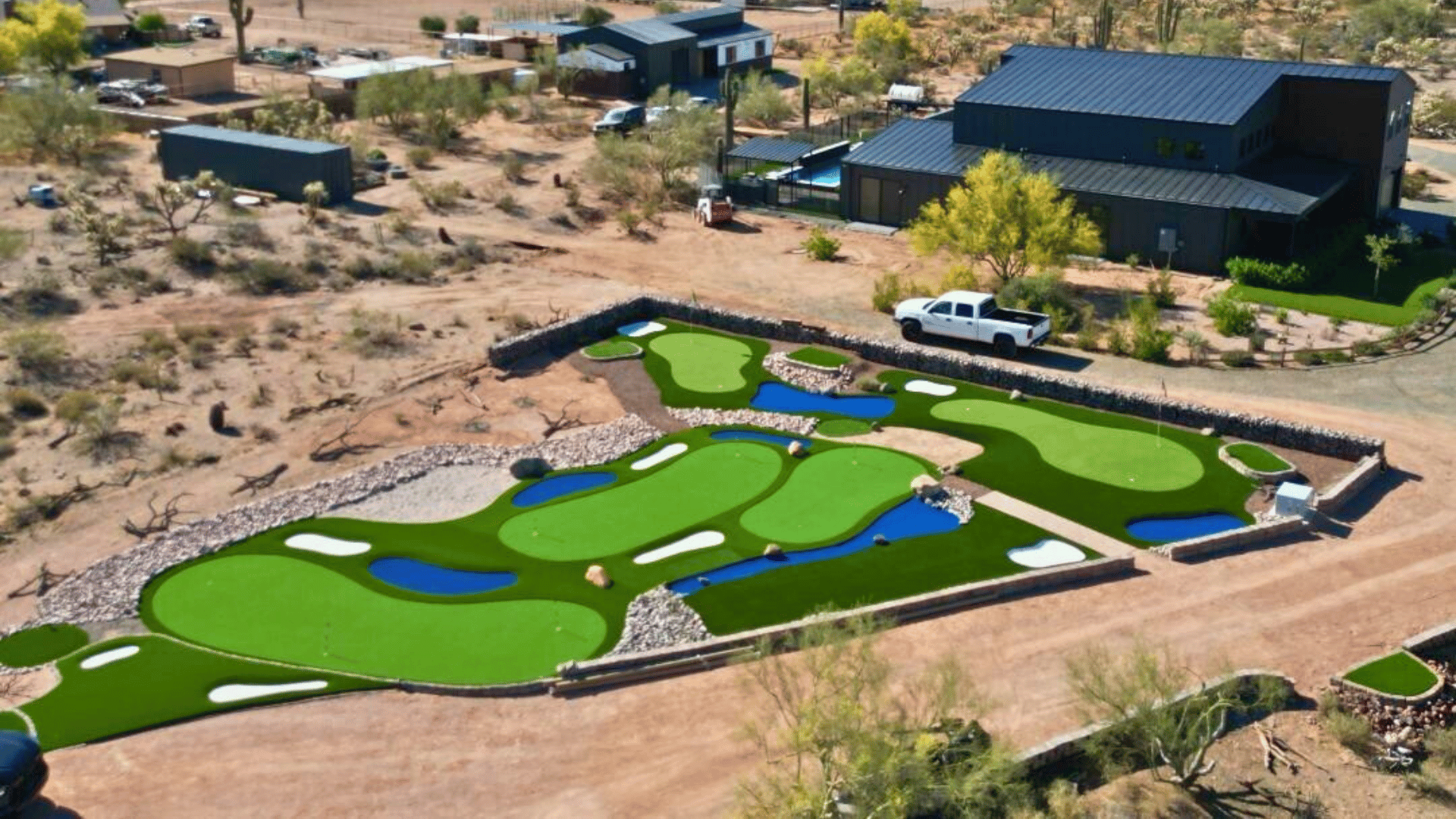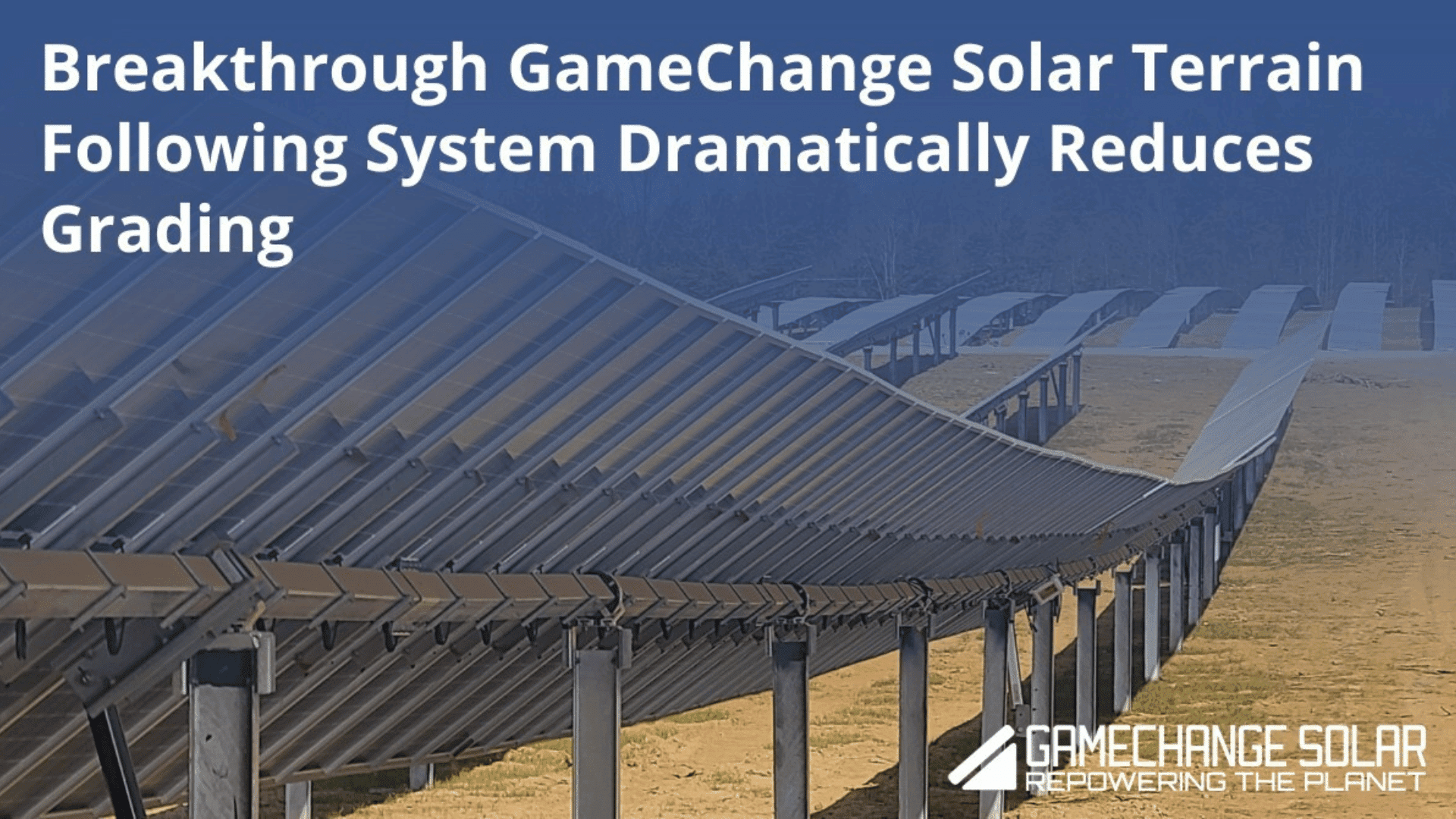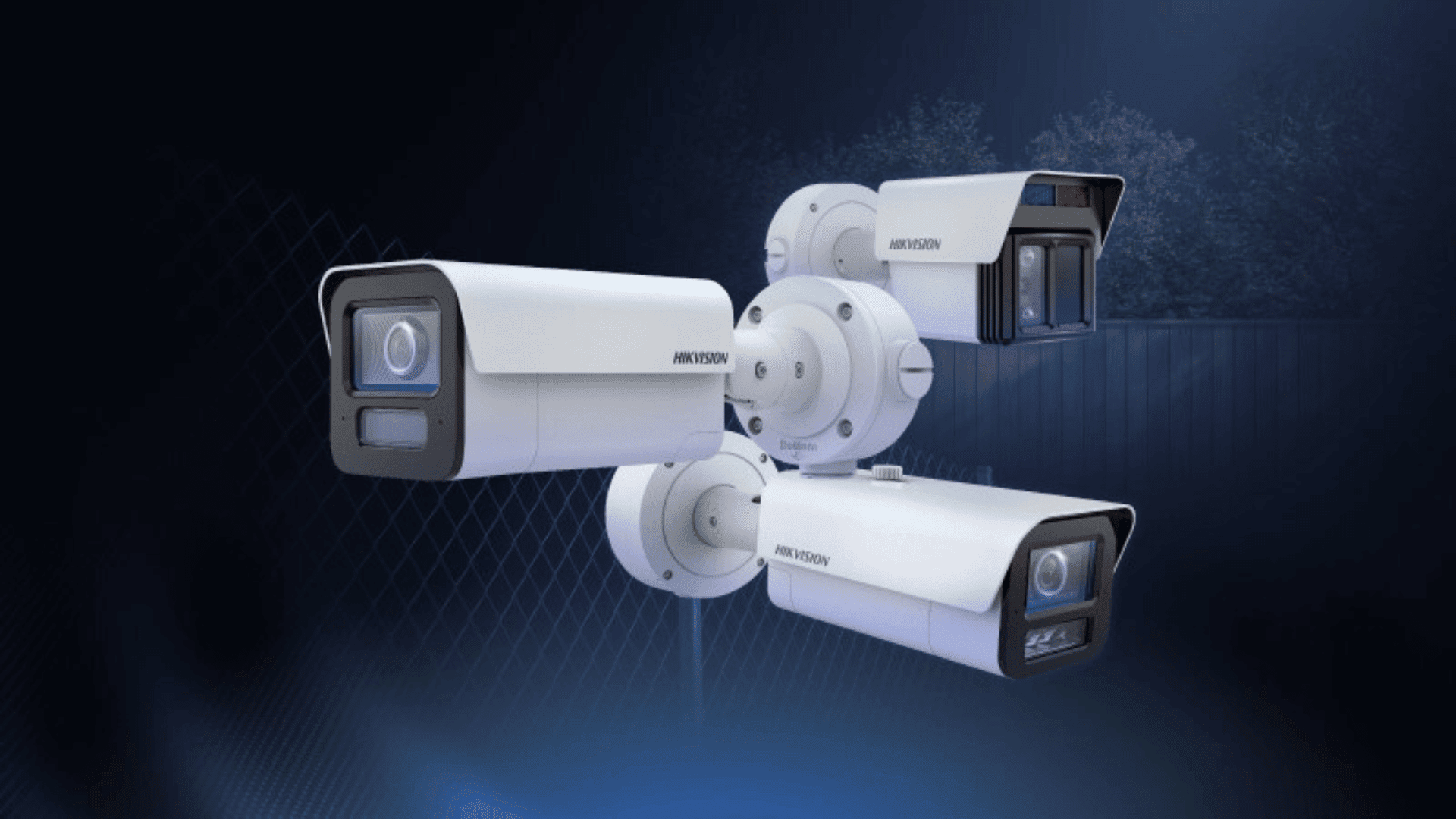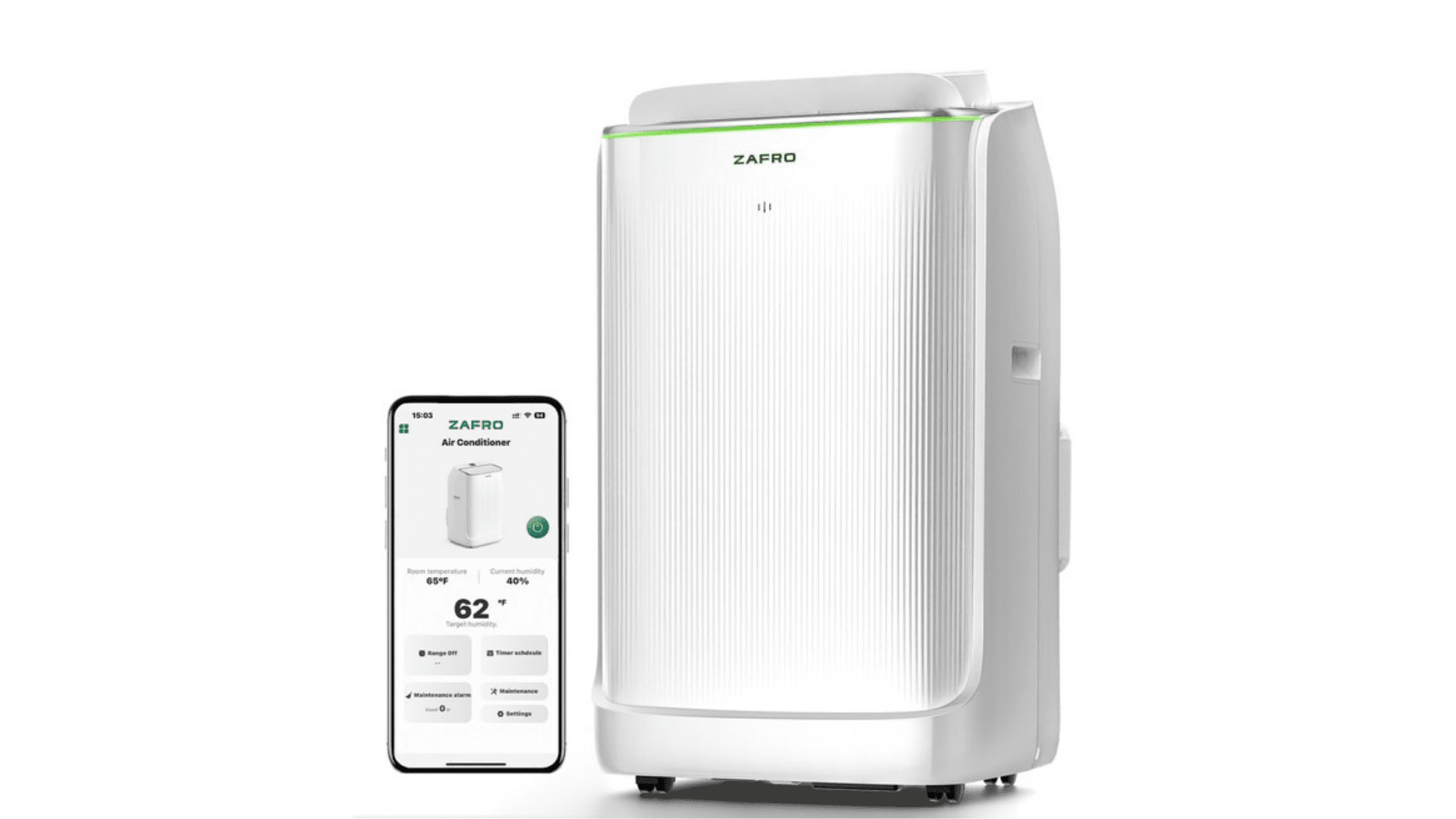Penn State researchers are turning to two underutilized renewable resources for clean energy to cool our surroundings. Researchers want to take energy from the Sun and outer space generate electricity and passively cool down structures.
Radiative Cooling
Assistant professor of mechanical engineering led a team that developed and tested a dual cooling and power strategy. This device harvests solar energy but directs heat away from Earth. They do this with radiative cooling. Radiative cooling sends infrared light directly into outer space without warming the air around it. Zhu uses an infrared camera in the study to explain the concept.
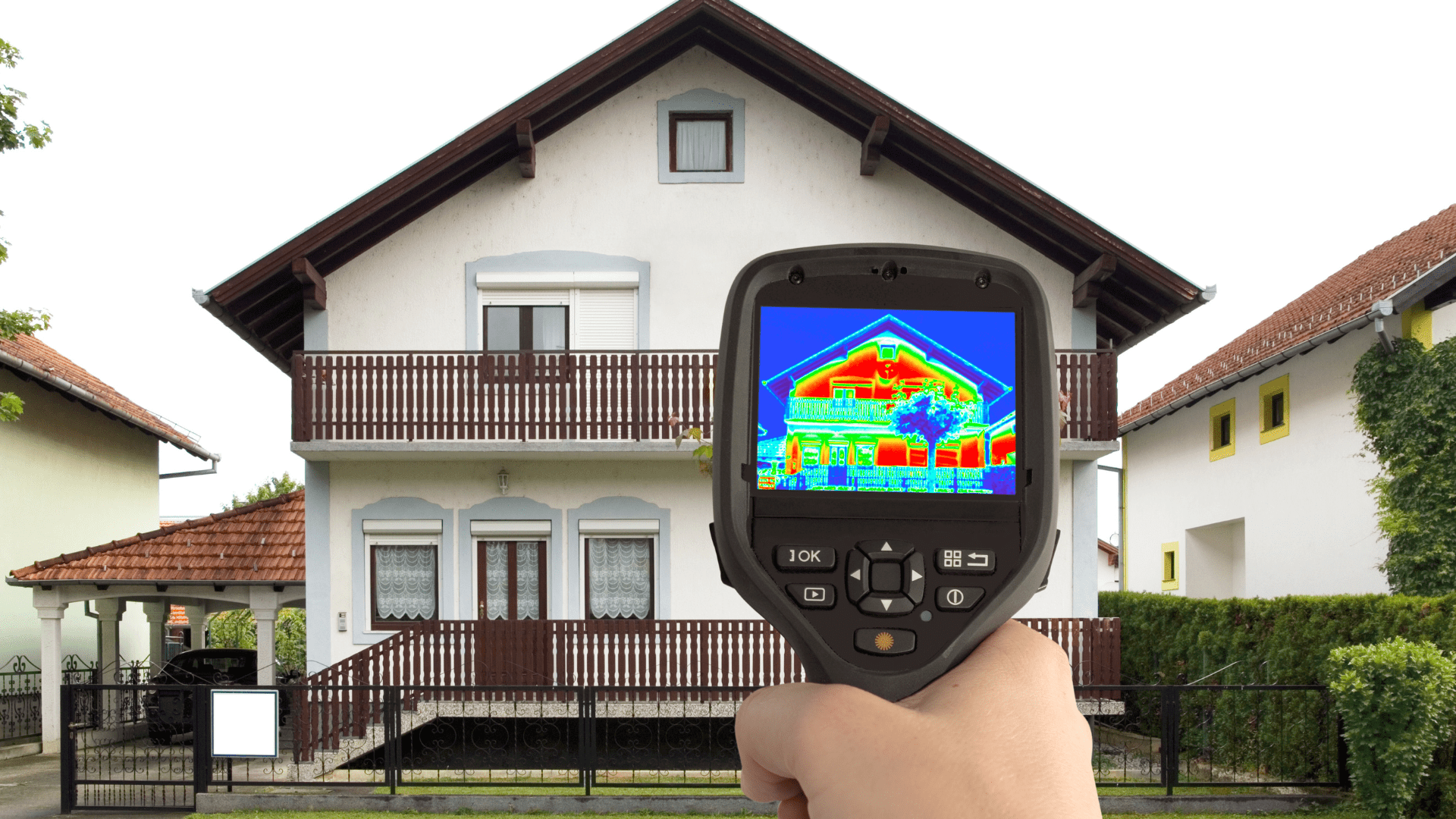
Thermal cameras can see invisible, heat-bearing infrared light that people and objects shed. The camera uses color to display the temperature that radiates off a person or an object. For example, a human body gives off an orange or red color to signify a higher temperature. Meanwhile, a colder surface displays blue to show lower temperatures. This is called thermal infrared radiation.
“In radiative cooling, the infrared light radiates from a piece of transparent, low-iron glass,” Zhu said. “The light bounces off the glass, passes through the atmosphere without warming the surrounding air, and lands in outer space, which we call the cold universe.”
As a result, the process cools the surface of the radiative cooler. Researchers can direct the cooling capacity in any direction, like inside a room or refrigerator. Pramit Ghosh is a mechanical engineering doctoral student and the study’s first author. He said, “At night and during the day, the radiative cooler works as a 24/7 natural air conditioner.” He explained further, “Even on a hot day, the radiative cooler is cold to the touch.”
Explore Tomorrow's World from your inbox
Get the latest science, technology, and sustainability content delivered to your inbox.
I understand that by providing my email address, I agree to receive emails from Tomorrow's World Today. I understand that I may opt out of receiving such communications at any time.
Adding Solar Energy
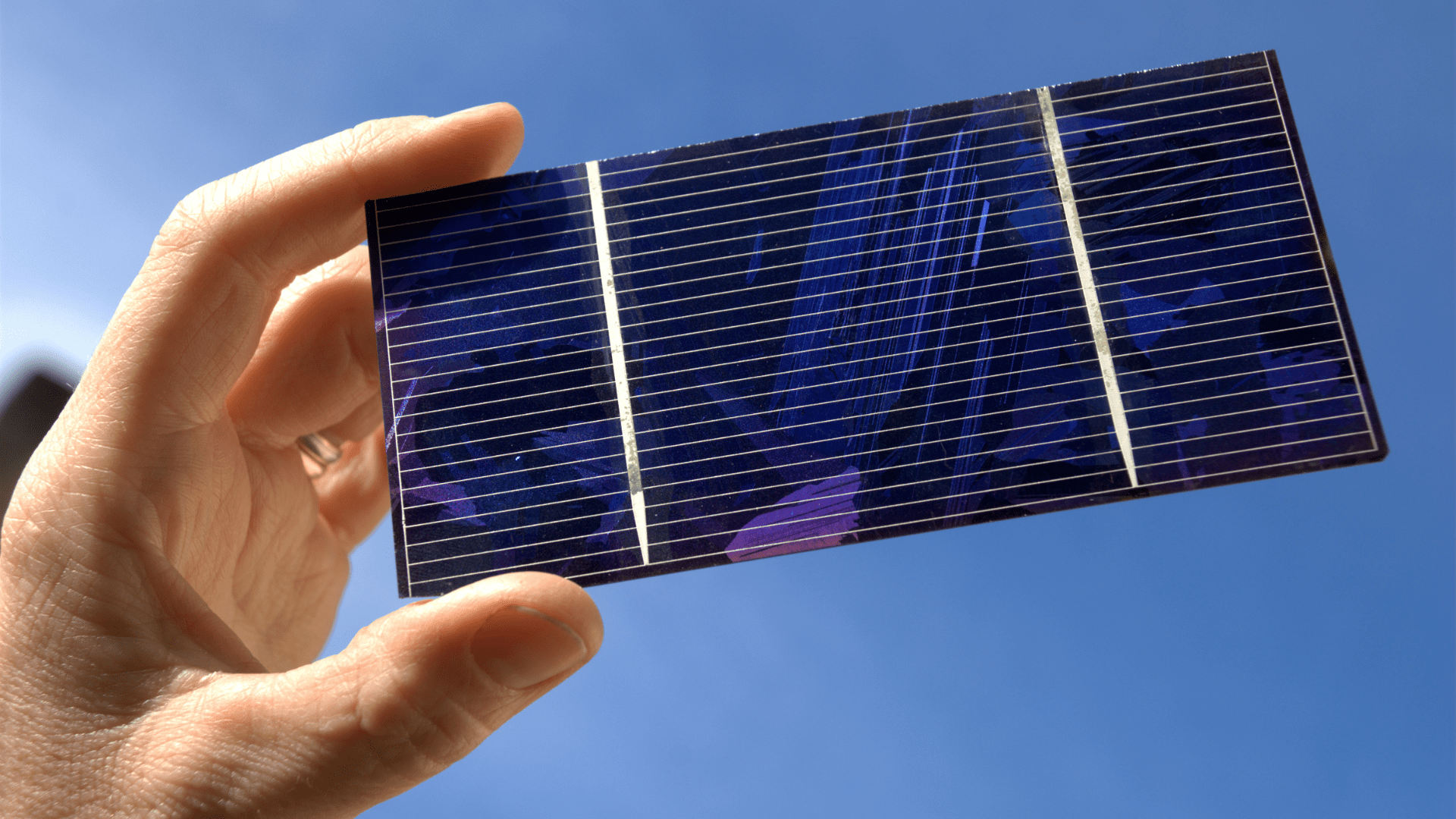
During daylight hours, researchers place a solar panel underneath the radiative cooler. Having a solar panel underneath the cooler during daylight hours allows for sunlight to pass through the cooler and into a solar cell. When the solar cell absorbs the solar energy, it generates electricity.
When the Penn State researchers tested their system last summer, they found benefits in combining electricity generation and cooling. According to the study, the dual harvesting system surpassed the electricity saving of a bare solar cell by 30%. In other words, combining the two provides better results than using either resource alone.
Another benefit is how small the unit is. Since the units are stacked, they take up minimal space on a rooftop or the ground.
Ghosh said, “At the same time and in the same place, we can exploit these renewable resources together, 24 hours a day.”



